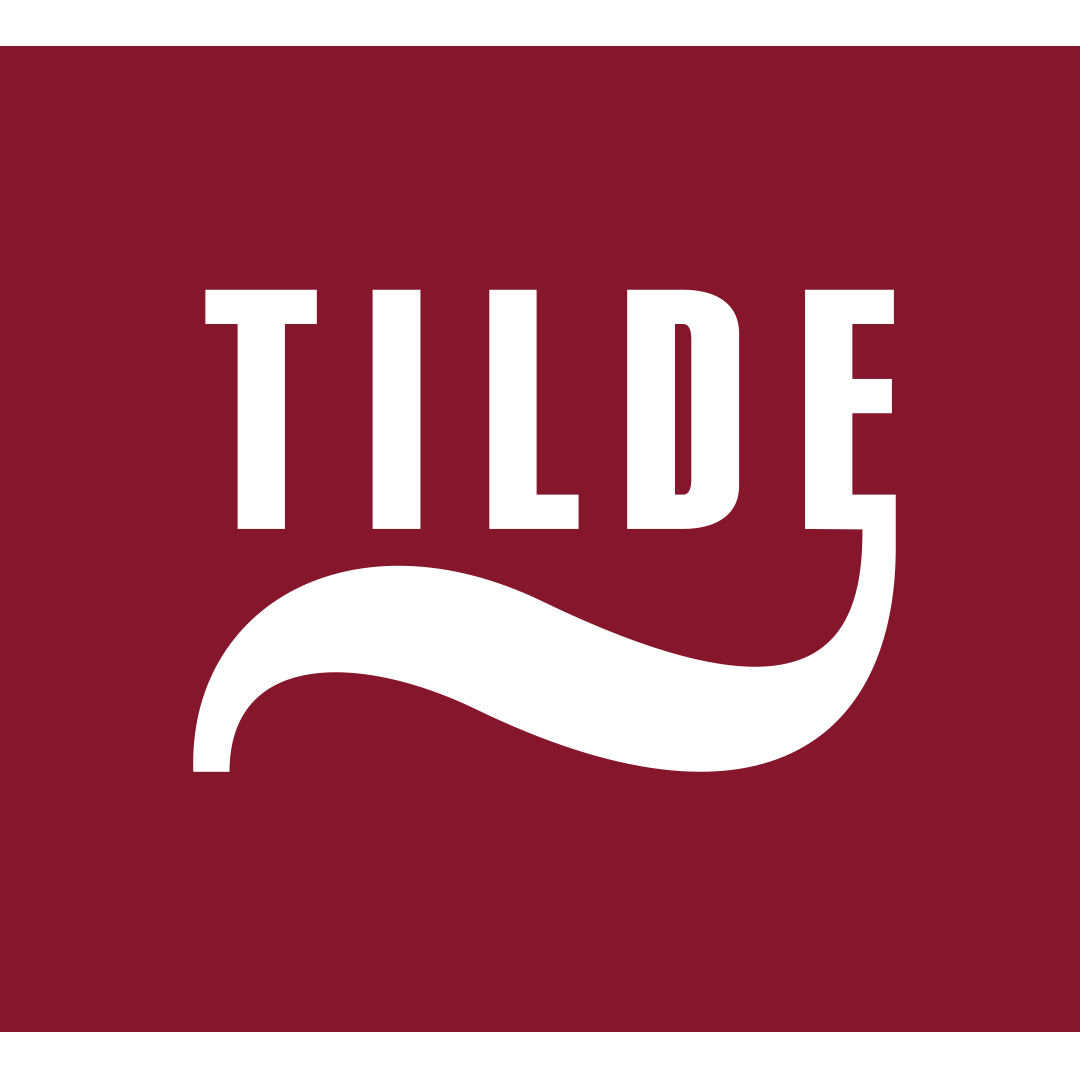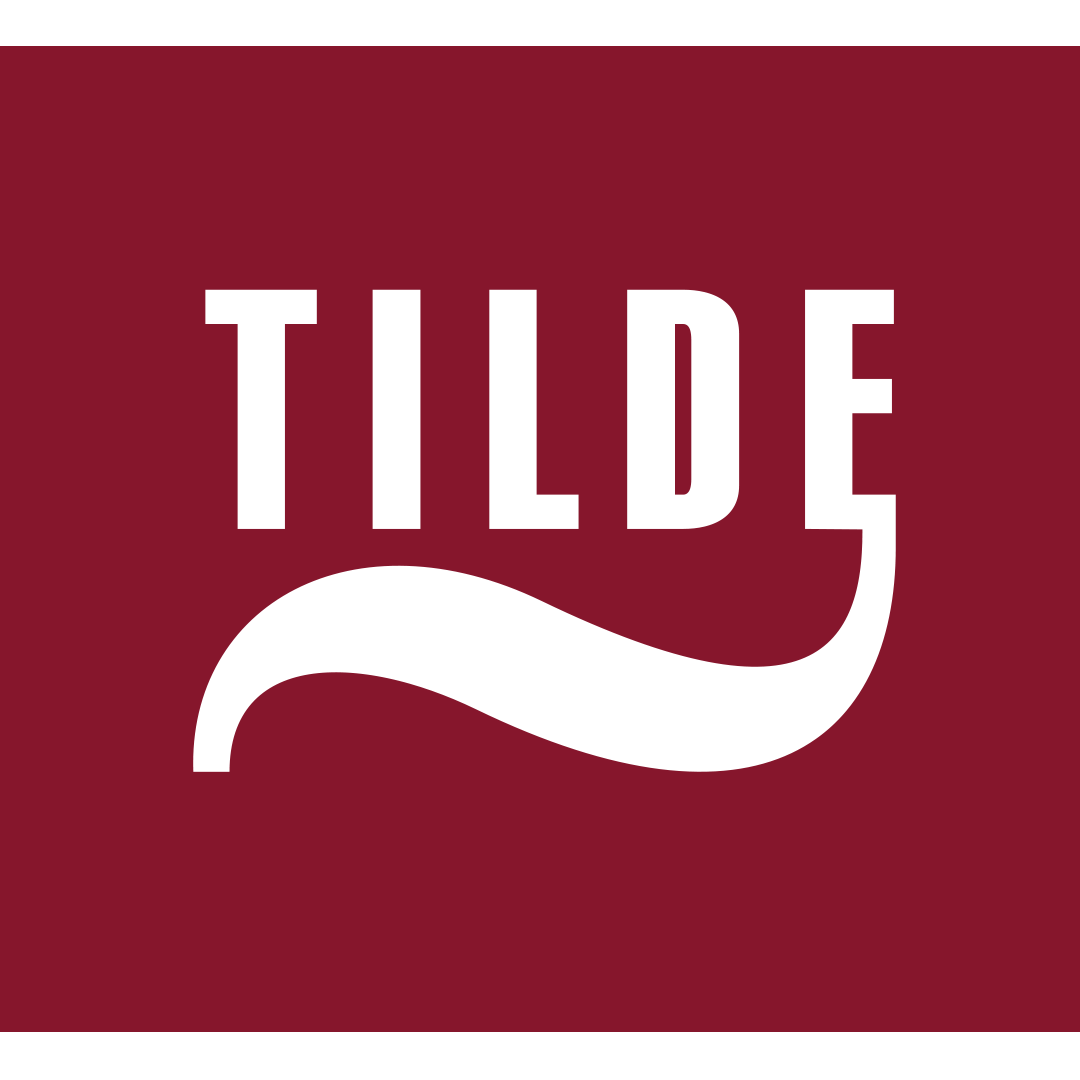With 28 June 2025 approaching, accessibility is a word that we hear increasingly more often. The preparation period for the application of the European Union (EU) Directive on the accessibility requirements for products and services ends on that date. Similarly to what happened in the case of the General Data Protection Regulation, or GDPR, some preparations have been left to the last minute. What exactly are the things businesses should be considering regarding this new Accessibility Act, and what preparations have to be carried out on their websites?
The Accessibility Act lays down four main requirements with regard to access to content on the internet. Information and interface must be presented to users in ways they can easily perceive. Interface components must be easily operable. User interface and available information must be easily understandable. Webpage content must be robust enough to be interpreted by a wide variety of assistive technologies, for example, voice synthesisers. The fact that all technologies undergo constant updates should also not be forgotten. Regardless of any updates, the content creator or webpage author should ensure accessibility of the content at all times.

Although “accessibility” seems quite complex at first, there are some very simple things that can be checked and considered:
- The website’s structure – if it has no headings or lacks some logical order, the users using screen readers cannot find the required information;
- Insufficient colour contrast – when a colour pair has insufficient contrast or only one colour is used, people with visual perception challenges will find it difficult or impossible to read the text;
- Lack of descriptive links – a name should be attached to each link, providing context to the content. This will help people with impaired functional capabilities to understand where the link on which they are about to click is going to take them;
- Missing “alt” text – there is an “alt” box next to the option to add pictures, illustrations and charts on websites. Very often, it goes unnoticed or is even forgotten, but textual information about what is displayed in the particular visual material is vital for people with impaired functional capabilities, including visual impairments. For them, there is no other way to learn what is depicted in the attached visual material;
- Insufficient keyboard navigation opportunities – successful keyboard navigation means that the “tab” key can be used to navigate to any interactive element on the website. This is how users with impaired functional capabilities are ensured access to absolutely all functions of the website;
- Online surveys – this is another potential stumbling block that needs to be checked. The field to be filled in has to be adequately labelled so that the information that is entered is really required. The time allowed for filling in each field also requires some consideration, as people with impaired functional capabilities may require more time.
Accessibility is not another obstacle for businesses yet. On the contrary, considering an ageing population, the potential for expanding the market and generating new income may have been underestimated. Accessibility is vital not only for people with impaired functional capabilities but also for the more elderly. Moreover, taking good care of customers will never fail to provide additional benefits for brands.






